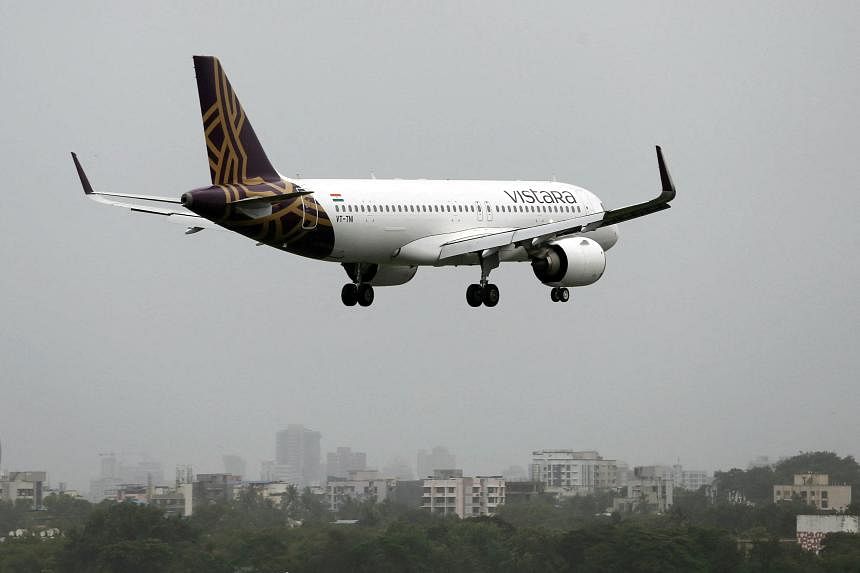MUMBAI - Frequent flyers will have mixed reactions to news of the proposed merger between Air India and Vistara, both carriers now within the Tata fold.
The reason is that while a merger of the iconic Air India and the supremely well-run Vistara will doubtless see benefits accruing to them in terms of better connectivity and amalgamation of air miles, which while not announced is likely, it will also result in a consolidation of airline assets that may well see airfares going north.
Already, with a benevolent Ministry of Civil Aviation having removed the shackles on domestic fares, ticket prices have snowballed.
Airlines, which took huge hits in the months of the Covid lockdowns and continue to feel the brunt of increased prices of aviation fuel because of the Ukraine war, are of course entitled to some consideration.
But if a merger leads to a monopolistic position, or one approaching it, with the field largely divided between the Tata-run airlines and budget carrier Indigo, the impact on prices will hurt flyers, one that bit players such as Spicejet and Go First will not be able to offset.
The details of the arrangement that have emerged will see Singapore Airlines, a 49 per cent stakeholder in Vistara, taking a 25.1 per cent stake in the merged entity after investing a further sum of Rs 2,059 crore.
If the involvement of the Southeast Asian carrier leads to an improvement of services, while funding much-needed acquisitions, this is welcome.
Not surprisingly, therefore, many aviation observers have seen in the deal a win-win scenario for both parties.
While the Tatas’ management of Vistara, now nearly a decade old, has been near flawless, making it the airline of choice for discerning passengers, the running of Air India, now under their control for nearly a year, has been less than satisfactory.
While conceding that the group inherited several problems, including lackadaisical staff attitudes, there is little excuse for shoddy aircraft being released for operation, especially on international routes.
Even today, Air India operates on international routes poorly maintained Boeing 787 Dreamliner aircraft, some of which have up to a quarter of business class seats that do not work, in that seat recline functions or entertainment screens are out of order.
In economy class, passengers frequently complain that entertainment systems do not work, especially where in-arm video screens are installed.
The entertainment system itself is old and found unsatisfactory by frequent flyers.
These issues ought to have been addressed by now but have not. While Air India is no longer a state-run carrier and is thus insulated from the depredations that the political or bureaucratic class can inflict upon it, it must always be borne in mind that the ordinary Indian is heavily invested in the success of the airline.
After all, it was the gross misuse of public funds ~ also known as taxpayers’ money ~ that brought the airline to such a sorry pass that it was sold to the Tatas at a price significantly lower than what they might have paid had it been efficiently run. - THE STATESMAN/ASIA NEWS NETWORK
- The Statesman is a member of The Straits Times media partner Asia News Network, an alliance of 22 regional media titles.

